We put the Samsung Galaxy Z Fold4 through our rigorous DXOMARK Audio test suite to measure its performance both at recording sound using its built-in microphones, and at playing audio back through its speakers. In this review, we will break down how it fared in a variety of tests and several common use cases.
Overview
Key audio specifications include:
- Two speakers (Top left side, bottom left side)
- No Jack audio output
- Dolby Atmos technology
Scoring
Sub-scores and attributes included in the calculations of the global score.
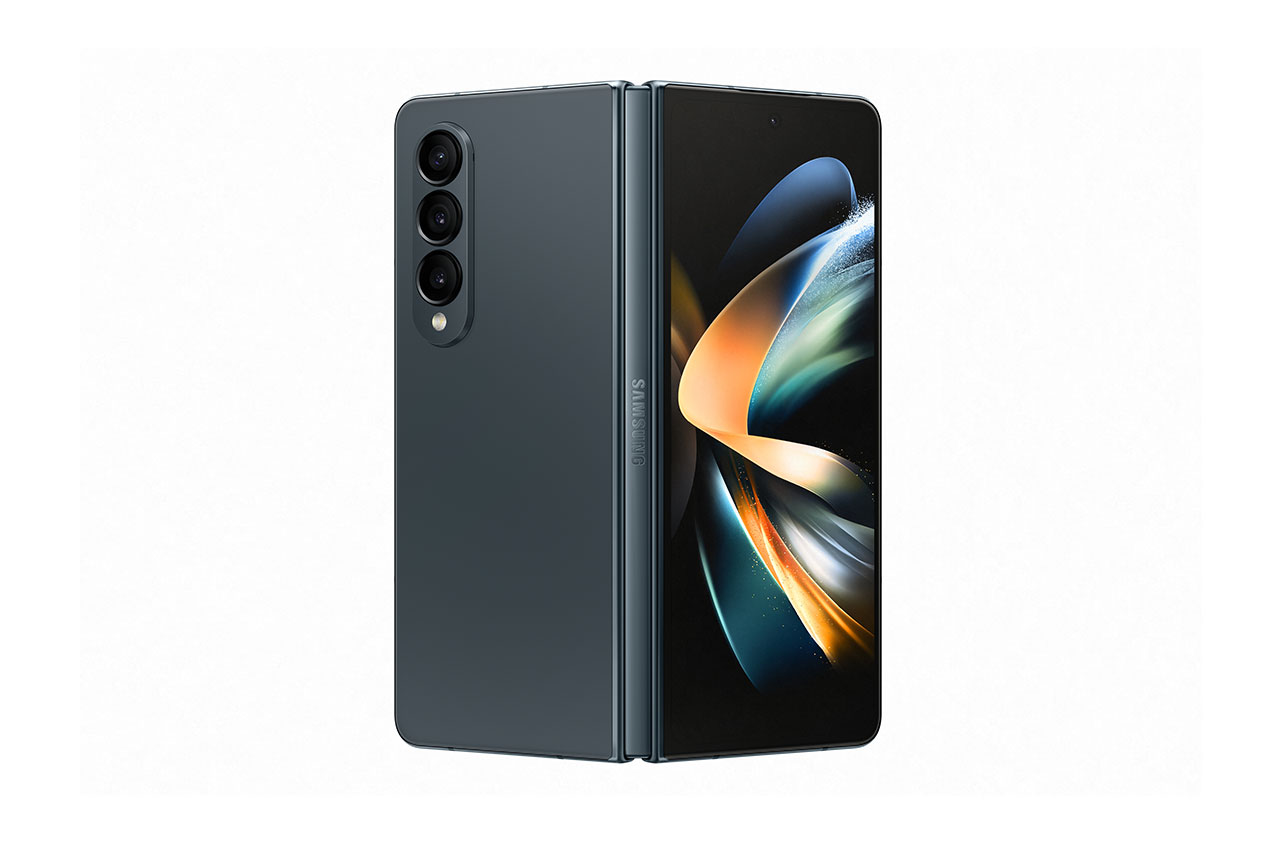
Samsung Galaxy Z Fold4


 50th
50th 34th
34thPlayback
Pros
- Good tonal balance
- Good dynamics
Recording
Pros
- Excellent recording quality at loud concerts
- Very good recording quality with main camera
- Decent side rejection with audio zoom feature
Cons
- Inconsistency across use cases, subpar performance when recording front camera video or with memo app
- Ineffective wind noise reduction
The Samsung Galaxy Z Fold4 achieves a DXOMARK Audio score of 134, making it a great pick for audio-centric smartphone users. It’s especially great for recording loud music and an improvement over previous Galaxy devices in terms of playback quality. However, given the phone’s large dimensions in its unfolded state, our testers expected even better results from the Samsung.
In playback, it does best for listening to music, but it also a good option for watching movies and gaming, offering a good tonal balance and dynamics across all use cases. On the downside, individual sound sources are not easy to locate in the scene, and the volume steps are inconsistent.
The Samsung Galaxy Z Fold4 is also a very good recording device. In fact, it is one of the best to date for recording concerts and loud music with the main camera. Main camera audio performance is very good in general, and the audio zoom feature does well at rejecting sound sources located to the sides. However, performance is somewhat inconsistent across use cases, with front camera and memo app recordings achieving considerably worse results. Wind noise reduction is pretty ineffective as well.
Test summary
About DXOMARK Audio tests: For scoring and analysis in our smartphone audio reviews, DXOMARK engineers perform a variety of objective tests and undertake more than 20 hours of perceptual evaluation under controlled lab conditions.
(For more details about our Playback protocol, click here; for more details about our Recording protocol, click here.)
The following section gathers key elements of our exhaustive tests and analyses performed in DXOMARK laboratories. Detailed performance evaluations under the form of reports are available upon request. Do not hesitate to contact us.
Playback
Samsung Galaxy Z Fold4
163
DXOMARK engineers test playback through the smartphone speakers, whose performance is evaluated in our labs and in real-life conditions, using default apps and settings.
Listen to the tested smartphone’s playback performance in this comparison with some of its competitors:
In playback, the Z Fold4 delivers good timbre, with sonority that is similar to more conventional Galaxy phones, such as the S22 Ultra. The device offers a good tonal balance, with satisfying treble rendition, solid midrange, and decent bass. This said, some more depth in low-end extension would not hurt. The Samsung also does well for dynamics, thanks to a sharp attack, decent bass precision, and very good punch.
Results for the spatial attribute are pretty good, but there is some room for improvement. Wideness is good in landscape orientation, but considering the phone’s fairly large dimensions it could be wider still. Unfortunately, with the device unfolded and held in portrait orientation, only mono sound is available. Given the Z Fold4 design, this seems like a lost opportunity. Localizability in general isn’t great, with individual instruments sounding blurry in the scene. This said, distance and depth rendition are both pretty good.
The Z Fold4 achieves a good maximum volume level and is perceptually louder than other Samsung Galaxy models. Minimum volume is intelligible but not too loud. However, the distribution of volume steps is somewhat inconsistent. Like with most Samsung Galaxy phones, audio artifacts are pretty much a non-issue, but speakers are very easily occluded while the phone is held unfolded. Both speakers are located where you would usually place your palms.
Listen to the tested smartphone’s playback performance in this comparison with some of its competitors:

Timbre
Samsung Galaxy Z Fold4
158
The Timbre score represents how well a phone reproduces sound across the audible tonal range and takes into account bass, midrange, treble, tonal balance, and volume dependency. It is the most important attribute for playback.

Dynamics
Samsung Galaxy Z Fold4
149
The Dynamics score measures the accuracy of changes in the energy level of sound sources, for example how precisely a bass note is reproduced or the impact sound from drums.
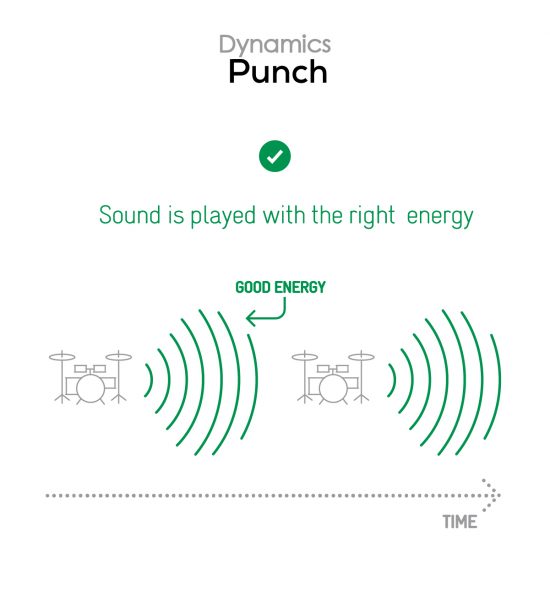


Spatial
Samsung Galaxy Z Fold4
162
The sub-attributes for spatial tests include pinpointing a specific sound's location, its positional balance, distance, and wideness.

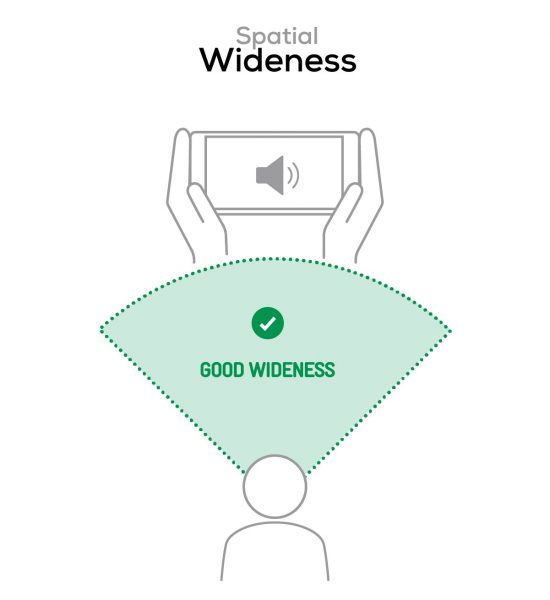

Volume
Samsung Galaxy Z Fold4
162
The Volume score represents the overall loudness of a smartphone and how smoothly volume increases and decreases based on user input.
| Hip-Hop | Classical | |
| Samsung Galaxy Z Fold4 | 71.1 dBA | 67.3 dBA |
| Apple iPhone 14 Pro Max | 74 dBA | 71.1 dBA |
| Xiaomi 12S Ultra | 72.6 dBA | 69 dBA |

Artifacts
Samsung Galaxy Z Fold4
157
The Artifacts score measures the extent to which the sound is affected by various types of distortion. The higher the score, the less the disturbances in the sound are noticeable. Distortion can occur because of sound processing in the device and because of the quality of the speakers.
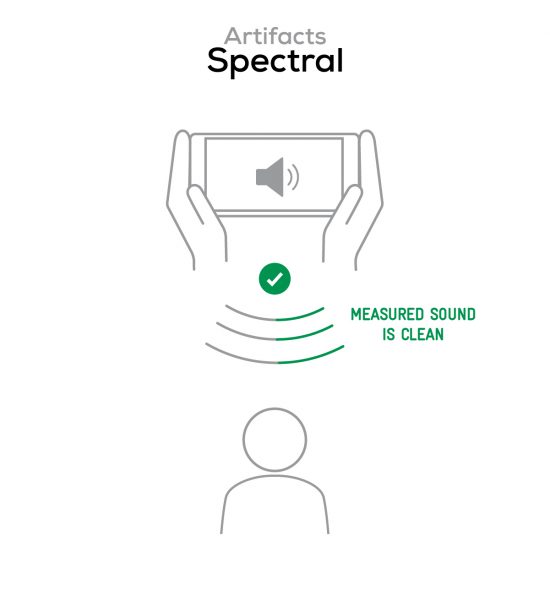
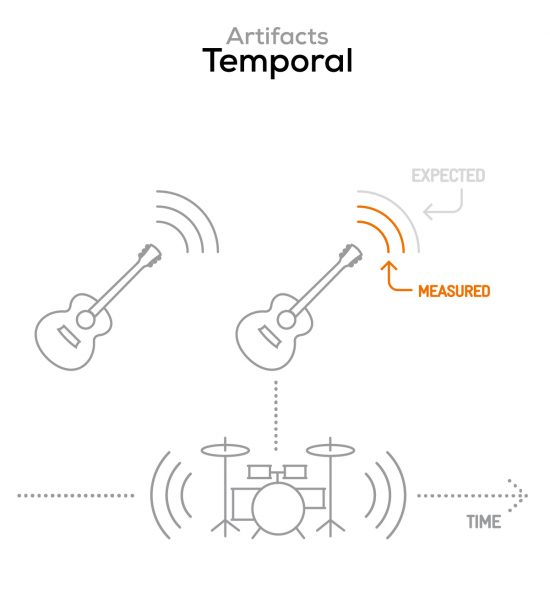
It represents the distortion and noise of the device playing our test signal (0 dB Fs, Sweep Sine in an anechoic box at 40 cm) at the device's maximum volume.
Recording
Samsung Galaxy Z Fold4
160
DXOMARK engineers test recording by evaluating the recorded files on reference audio equipment. Those recordings are done in our labs and in real-life conditions, using default apps and settings.
The Z Fold4 does well for recording and is especially recommendable for recording loud music with the main camera, where it delivers an excellent natural tonal balance, with very satisfying treble and good midrange as well as a clean and powerful low end. Unfortunately, timbre performance drops slightly when recording with the front camera or memo apps.
In a similar way, dynamics are good but somewhat inconsistent across use cases. Attack is sharp when using the main camera but less so when recording with other apps. Overall dynamics performance is excellent for recording loud music, with a very accurate envelope and impactful attacks.
Despite the device’s large dimensions, maximum volume is similar to, or even slightly lower, than other Samsung devices, and overall Volume performance is average. The same is true for recording artifacts. In addition to the usual moderate distortion and compression when recording loud content, speech appears to be slightly impaired by overzealous noise reduction. The device is immune to microphone occlusions when unfolded, but finger noises can be noticeable, especially in the folded state and when held in portrait orientation.
Wind noise reduction leaves room for improvement. Voices are hard to understand with a strong wind, especially with front camera video and when recording in the memo app. The main camera does better in this respect.
Here is how the Samsung Galaxy Z Fold4 performs in recording use cases compared to its competitors:

Timbre
Samsung Galaxy Z Fold4
147
The Timbre score represents how well a phone captures sounds across the audible tonal range and takes into account bass, midrange, treble, and tonal balance. It is the most important attribute for recording.

Dynamics
Samsung Galaxy Z Fold4
146
The Dynamics score measures the accuracy of changes in the energy level of sound sources, for example how precisely a voice's plosives (the p's, t's and k's, for example) are reproduced. The score also considers the Signal-to-Noise Ratio (SNR), for example how loud the main voice is compared to the background noise.
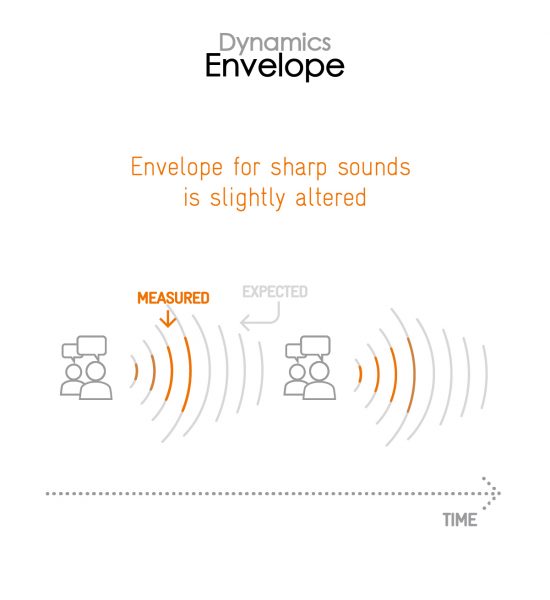
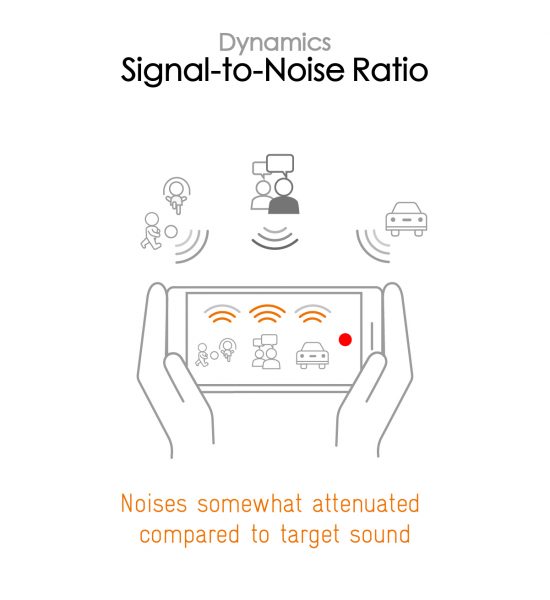

Spatial
Samsung Galaxy Z Fold4
159
The sub-attributes for spatial tests include pinpointing a specific sound's location, its positional balance, distance, and wideness on the recorded audio files.
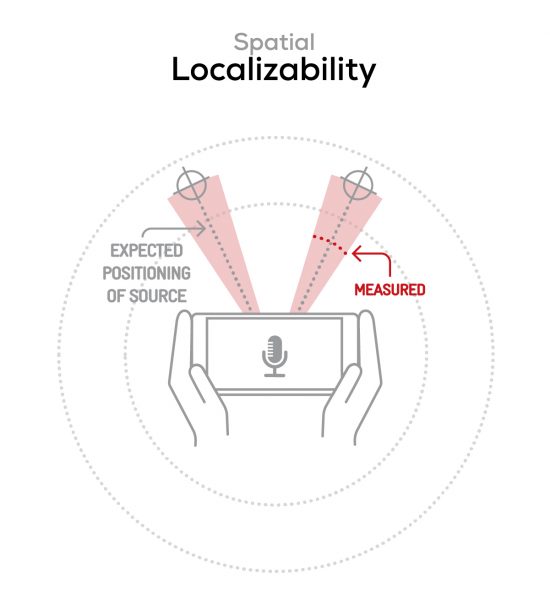
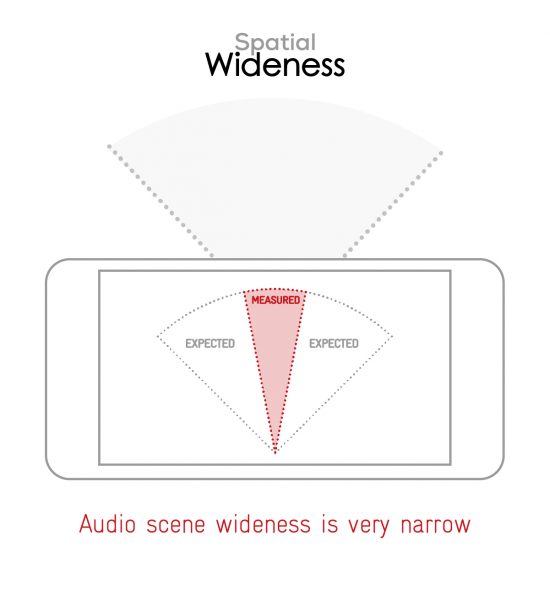

Volume
Samsung Galaxy Z Fold4
170
The Volume score represents how loud audio is normalized on the recorded files and the how the device handles loud environments, such as electronic concerts, when recording.
| Meeting | Life Video | Selfie Video | Memo | |
| Samsung Galaxy Z Fold4 | -25.8 LUFS | -21.6 LUFS | -22.7 LUFS | -21 LUFS |
| Apple iPhone 14 Pro Max | -26 LUFS | -22.9 LUFS | -19.2 LUFS | -19.6 LUFS |
| Xiaomi 12S Ultra | -28.3 LUFS | -20.8 LUFS | -19.1 LUFS | -20.4 LUFS |

Artifacts
Samsung Galaxy Z Fold4
145
The Artifacts score measures the extent to which the recorded sounds are affected by various types of distortions. The higher the score, the less the disturbances in the sound are noticeable. Distortions can occur because of sound processing in the device and the quality of the microphones, as well as user handling, such as how the phone is held.
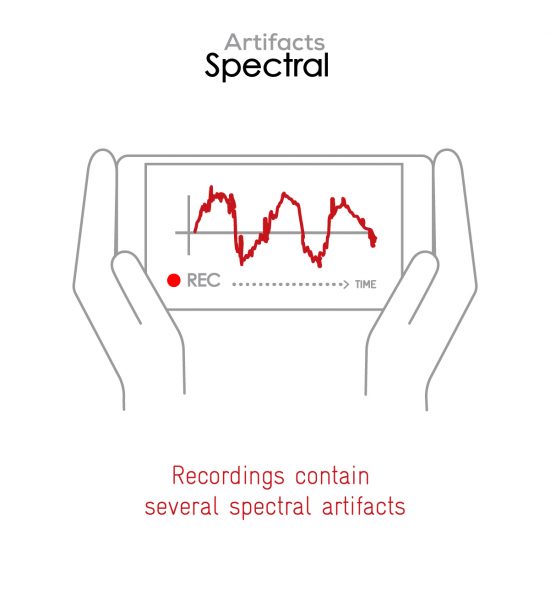
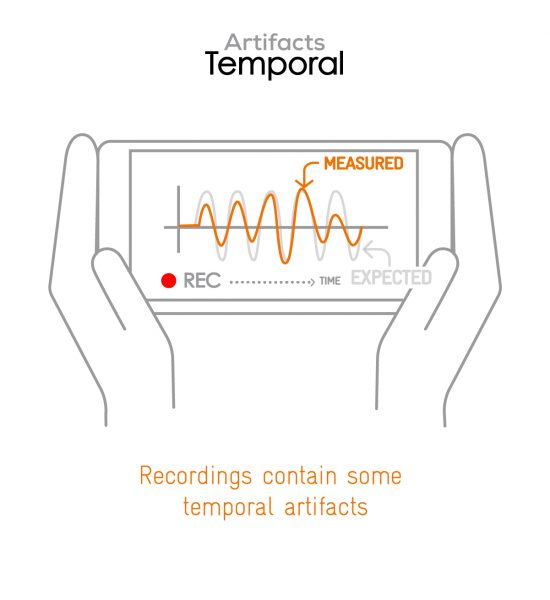
In this audio comparison, you can listen to the way this smartphone handles wind noise relative to its competitors:

Background
Samsung Galaxy Z Fold4
166
Background evaluates how natural the various sounds around a voice blend into the video recording file. For example, when recording a speech at an event, the background should not interfere with the main voice, yet it should provide some context of the surroundings.
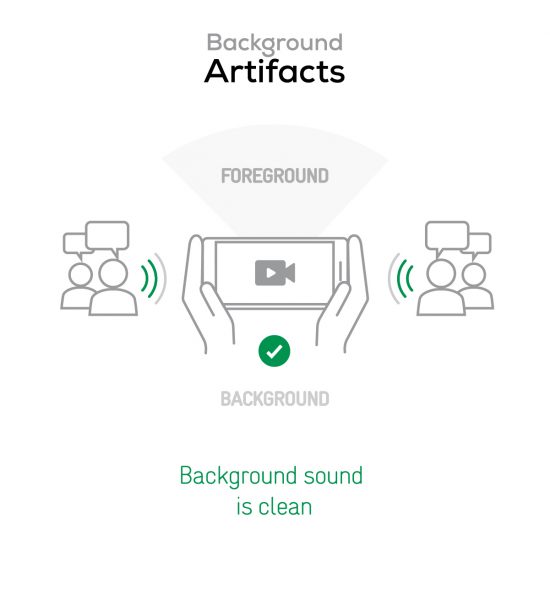
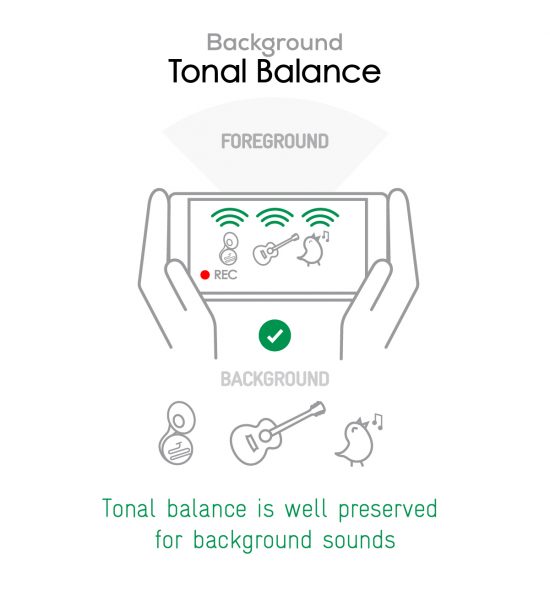


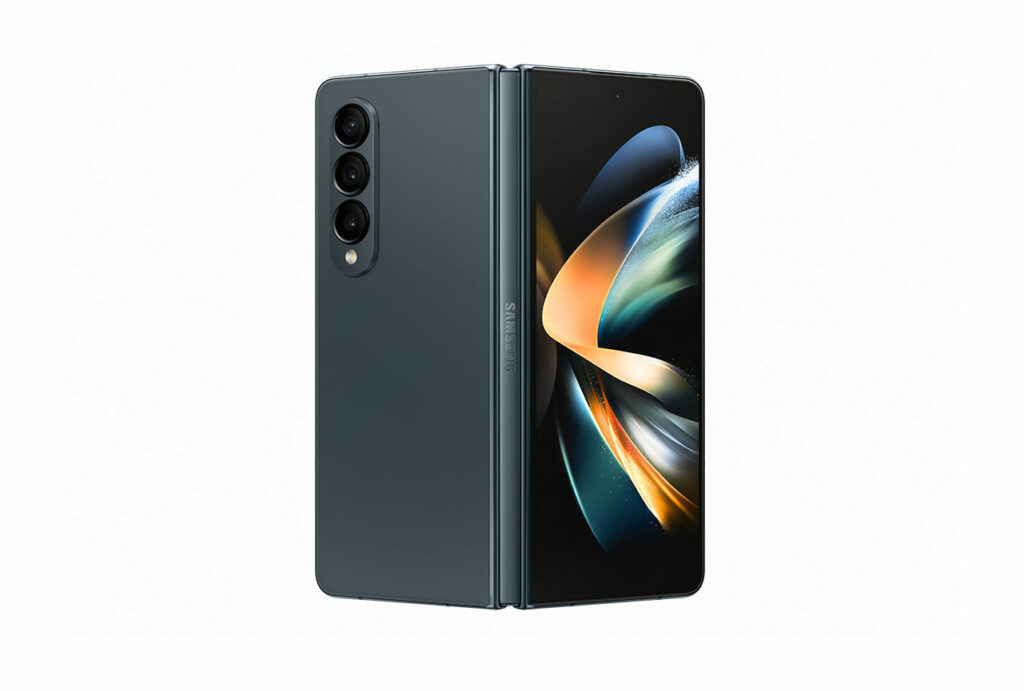
DXOMARK encourages its readers to share comments on the articles. To read or post comments, Disqus cookies are required. Change your Cookies Preferences and read more about our Comment Policy.